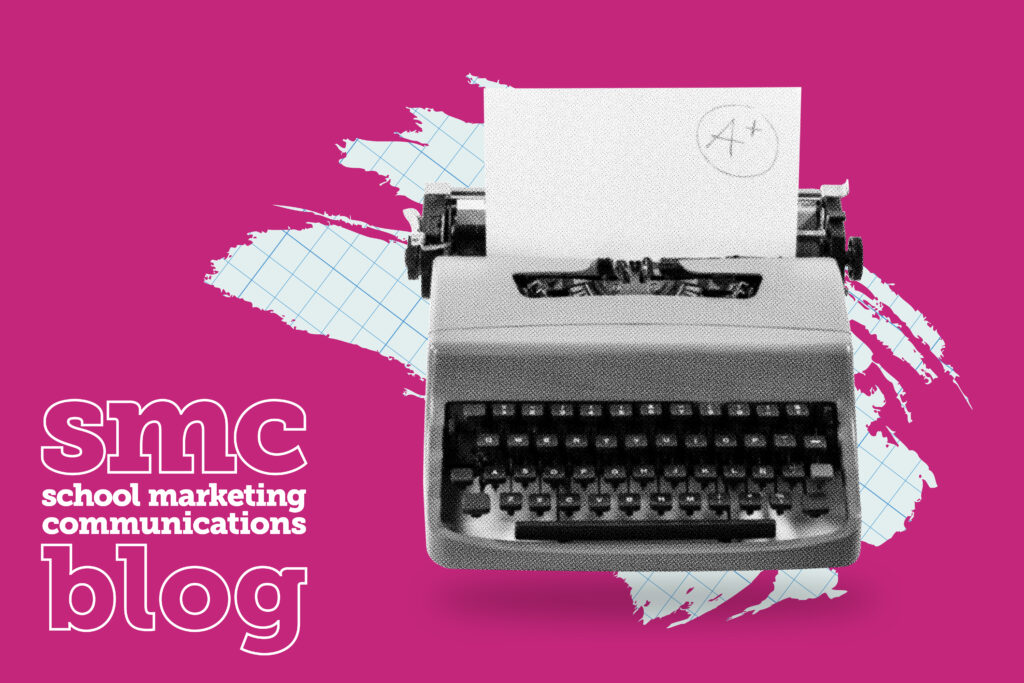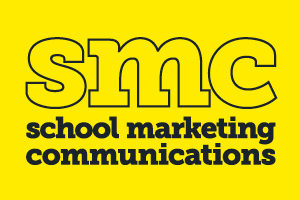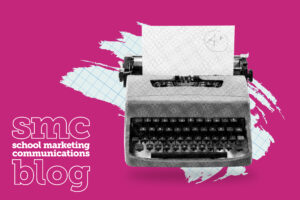The question is often asked: “What is the best media for my marketing campaign – traditional (TV, radio, print, direct mail), digital or both?”
If you think back to the days when there was only advertising (if you weren’t around back then – imagine), marketers have been aware that using only one medium is not as effective as producing a marketing campaign across several channels.
Combining different types of media is more important than ever because our audience connect with more types of media than they have ever done in the past.
A marketing campaign that uses multiple forms of media such as traditional advertising techniques combined with digital such as social media (Facebook, Instagram, Snapchat, YouTube), text content, online video advertisements and other forms of media has the ability to increase engagement.
Advertising isn’t only ‘hard’ advertisements. Quite often the most engagement is the result of building awareness and relationships through ‘soft’ adverts, such as social media engagement and hashtags.
Marketers have seen the positive results of using relatively new media and realised that combining multiple media is more effective than using them in a standalone campaign.
There are several benefits to using a mix of media in your school marketing:
1. Better return on investment: A person can notice a brand in one form of media and then be reminded of it through another form of media, encouraging cross-pollination. For example, a campaign that includes a call to action in a print advert to visit your website or social media hashtag. Some may see the print ad and then be reminded of the brand on social media. Meanwhile it might grab a viewer’s attention on social media and they then recognise the brand in a print publication at a later date.
2. Increased engagement: One form of media doesn’t affect everyone equally. Different demographics resonate with different media in different ways, depending on what they use regularly and are comfortable with. For example, Generation Y are more familiar with receiving marketing from social media on their mobile devices, while Baby Boomers and older generations may prefer to receive more traditional media and pay more attention to print and mail.
3. Reinforces the brand: Seeing the campaign in various formats at different times establishes the brand firmly in the audience members’ mind and can motivate engagement.
4. Target audience: Using various media allows you to tailor your campaign towards a particular market (audience) to obtain the highest return. People in the target market may connect with media which you haven’t anticipated. By ‘hitting’ your audience ‘from all directions’ you can obtain valuable information for future campaigns.
5. Measure engagement: Using multiple forms of media allows you to use analytics from each medium to obtain interesting data on your audience, such as when and where they are interacting with the media, and total engagement for a campaign.For example, analysing the success of a print ad compared to an online video ad allows you to see what media parents are engaging with and what strategies work best with each medium. This assists in evaluating a campaign while at the same time making improvements. This makes the campaign more cost-effective because you have current data on how your campaign is performing and how it resonates with your target audience. Using the analytical information, you can spot patterns that will help you decide which advertisements and mediums to use, taking the guesswork out of the campaign and provide a platform for collecting data over time. This allows you to set goals and produce the best possible campaign in the future.
Most importantly, don’t waste your time, energy and money on conducting a generic campaign. Engage with your audience by connecting with them in the best way possible with quality content.







